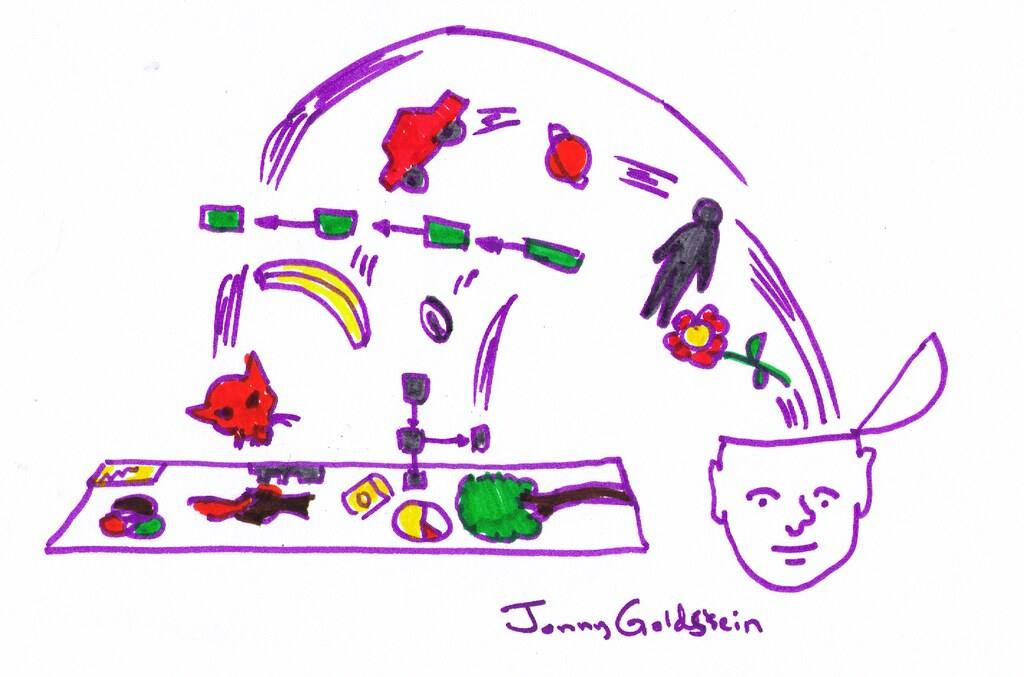Starting a new unit or lesson can sometimes be difficult, both for the teacher and the students. How can the educator get them excited/interested in the topic? How can she find out what the students already know or, more importantly, what they “know” incorrectly that must be corrected for real learning to take place? What do the students need to begin connecting the new learning to old? One good technique that can help with all of these issues is the brain dump scoot.
What Is a Scoot?
A brain dump scoot happens at the very beginning of a new lesson/unit and can be done with any subject area at any grade level. It asks students to write/draw everything they know about the topic (the brain dump) and then rotate to learn from each other (the scoot).
The Steps in a Brain Dump Scoot
The materials needed are simple: one sheet of paper per student and a pen or pencil.
- Have students put their names on their papers. Then tell them that they will have two minutes to write down and/or draw everything they know about the topic (for this blog, let’s use fractions as an example). Remind them that this is a no-talking activity.
- At the end of the two minutes, the teacher shouts “Switch!” The students leave their papers at their desks and then rotate, with their writing utensil, to another desk or table. (It’s best if the teacher sets up the rotation before asking them to move. Provide a diagram on the board of how they will move.) Students now need to read everything that has been written on the paper previously and then add their own ideas. (Keep reminding them to read before they write.)
- Rotate as many times as you like. Each rotation after the first can be between one and two minutes, depending on the age of your students and/or the complexity of the topic.
- The teacher circulates around the room encouraging students to label drawings that others have made and to correct any mistakes that may be present. She can also mention out loud (as if to herself, but really to the whole class) statements that will prompt more thought by the students such as “Hmm, no one has mentioned the least common denominator” or “I wonder if there’s a way to tell if a fraction is proper or improper.”
- Students return to their own papers after rotating is finished and take a few minutes to read over what has been added to their papers.
The Results
There are many educational benefits to using the brain dump scoot.
- Kids get to move around the room, which is great for them.
- Everyone will be engaged.
- The activity taps into prior knowledge, which gets those neurons firing.
- Everyone gets to contribute to the common body of knowledge.
- The teacher can take the papers up at the end to see if there are any misconceptions that need to be cleared up before moving on and to gauge what the class already knows about the topic.
By the way, this same strategy can be used with adults before a professional learning event.

